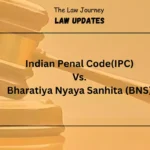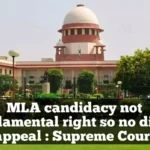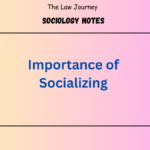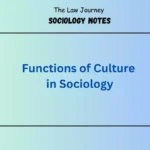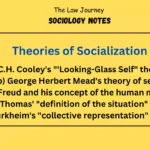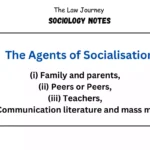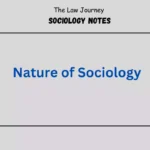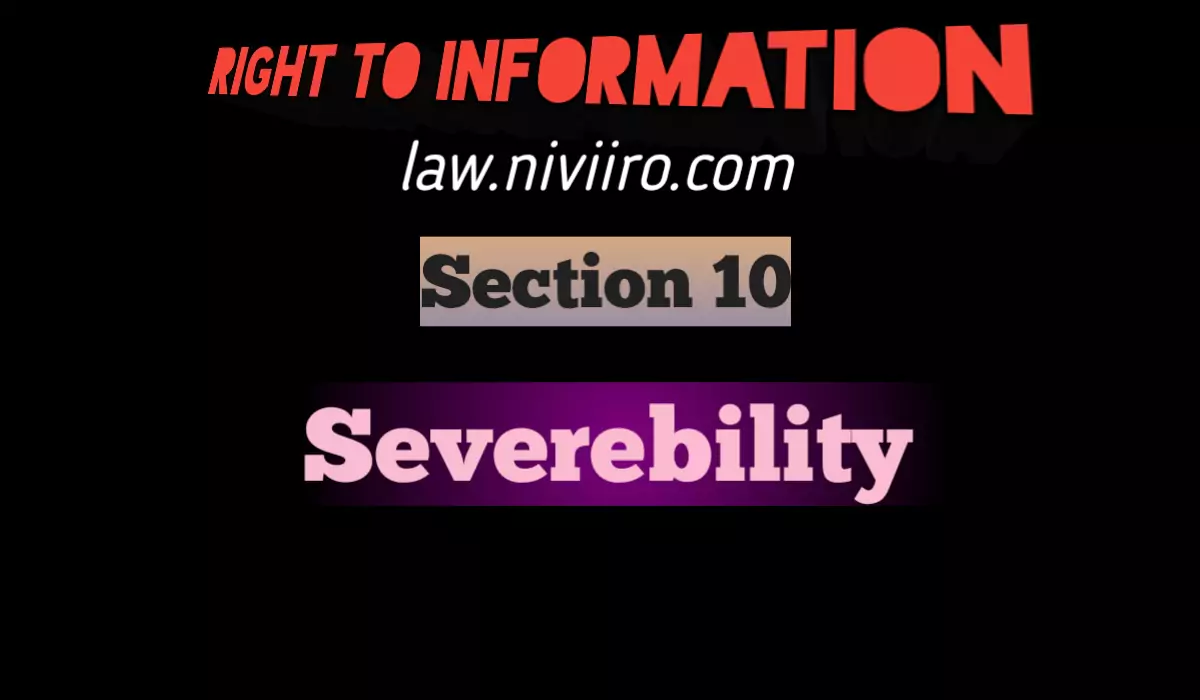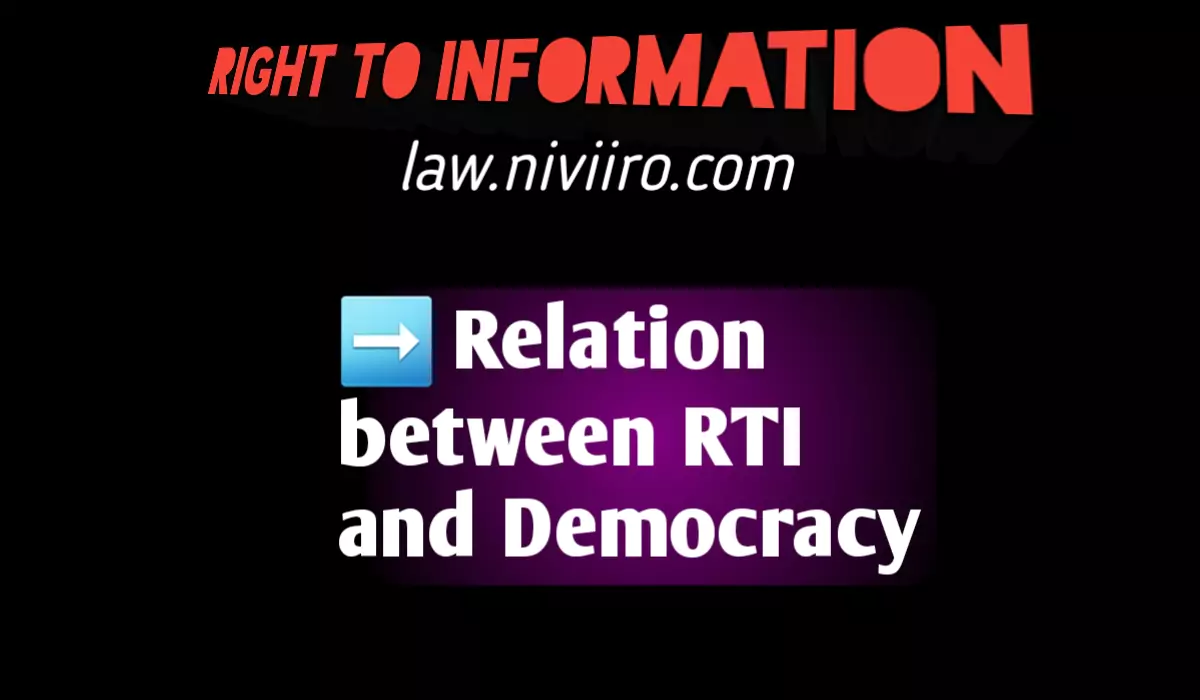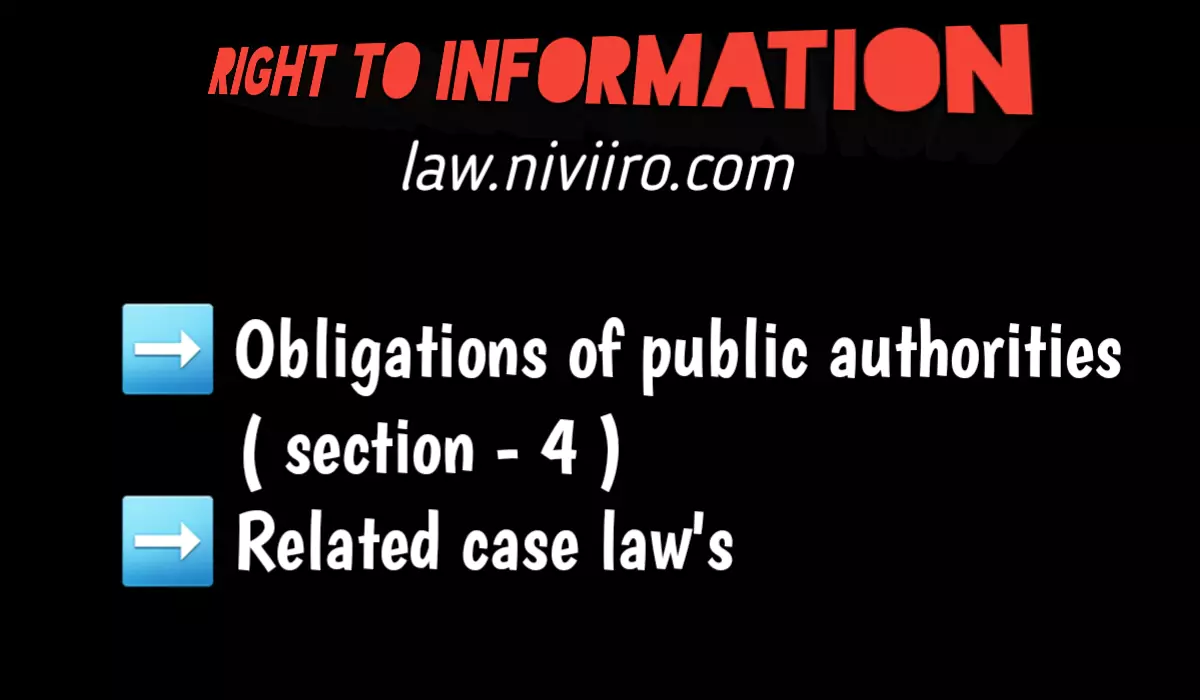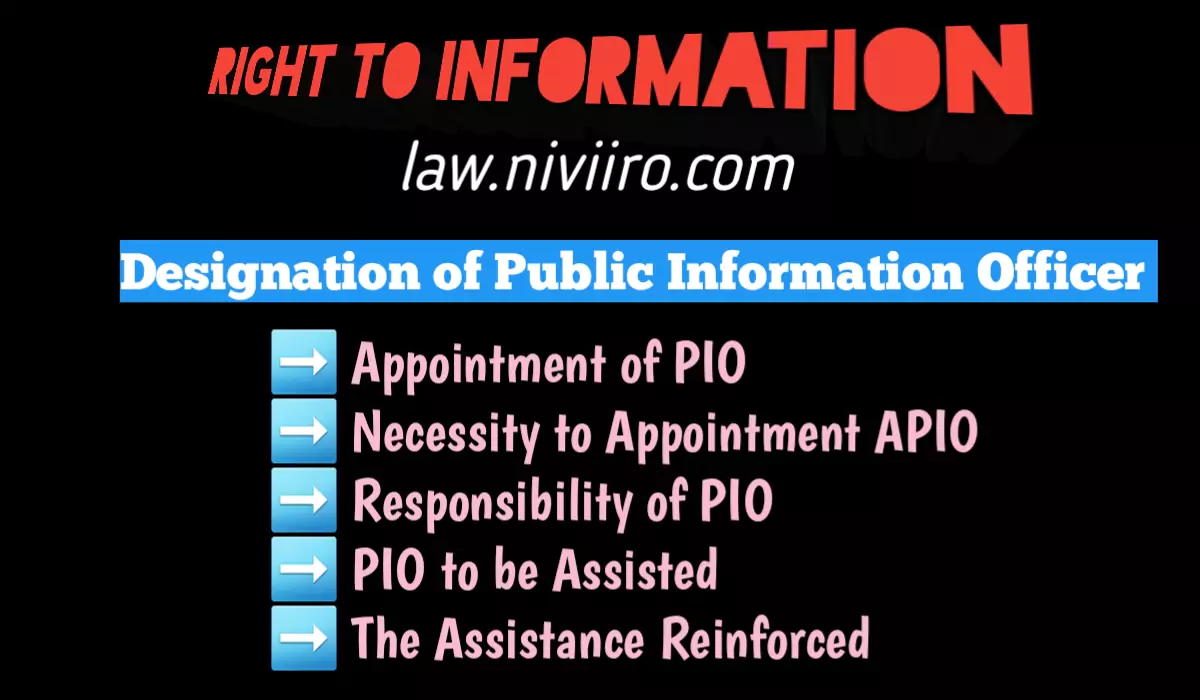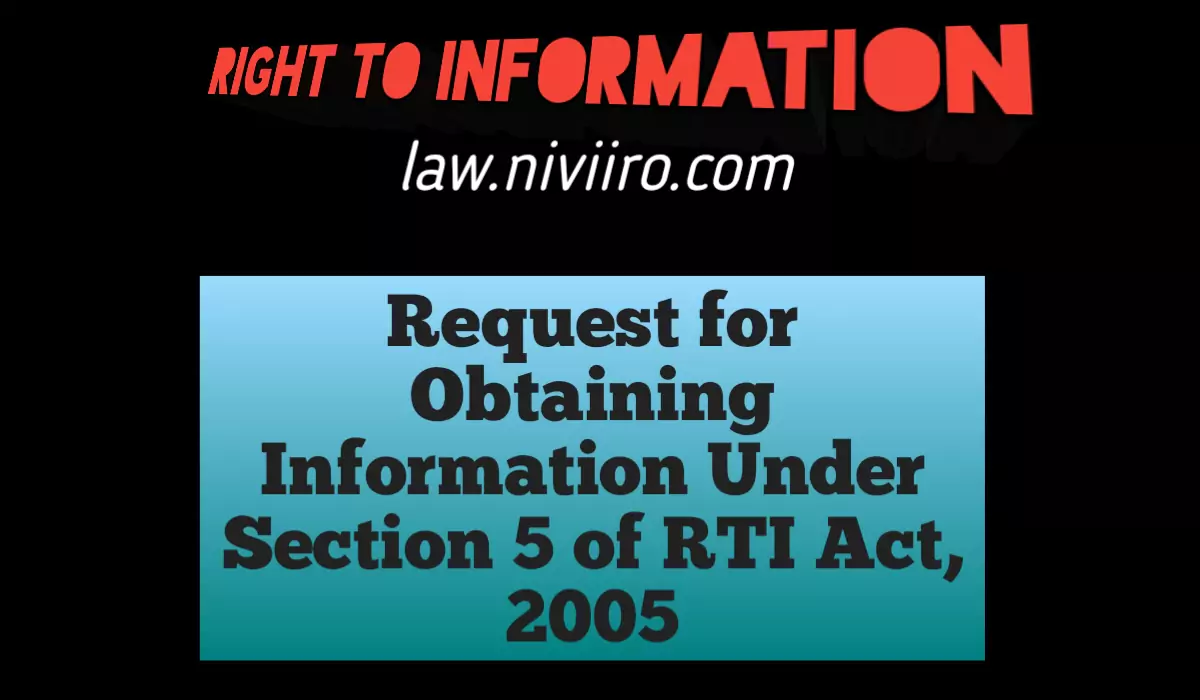Severability Under the RTI Act of 2005, severability refers to the process of separating exempted information from non-exempted information in a requested record. This means that if a record contains both exempted and non-exempted information, the public authority must offer access to the non-exempted information and sever the exempted information before granting access to the applicant.
The principle of severability is significant because it ensures that the public’s right to access non-exempted material is not hampered unnecessarily by the inclusion of exempted information. It also prevents the public authority from using the presence of exempted information to refuse access to the whole record.
The RTI Act of 2005 requires public authorities to offer access to as much of the requested data as feasible, and severability aids in this goal. The public authority must provide the non-exempt portion of the record, as well as an explanation of why the rest of the information was exempted.
If it is not practicable to separate the exempted information from the non-exempted information, the public authority shall offer a clear explanation of why access to the record or information requested was denied.
Severability provisions ensure that the public authority does not withhold information arbitrarily on the grounds that it contains exempted information. It encourages transparency and accountability in the operations of public authority and contributes to the people’s faith in the government.
Followings are the provisions related to severeability under section 10 of RTI Act, 2005.
Exempted Portion To Be Separated { Section 10(1) } | Severability Under the RTI Act
Section 10(1) Where a request for access to information is rejected on the ground that it is in relation to information which is exempt from disclosure, then, notwithstanding anything contained in this Act, access may be provided to that part of the record which does not contain any information which is exempt from disclosure under this Act and which can reasonably be severed from any part that contains exempt information.
Explanation – This section has to be read in continuation with the exemptions provided under Sections 8 and 9 of the Act. It takes care of a situation wherein part of the information requested for falls under exemptions provided under the Act and part of it is not. The part of information likely to be provided under the Act has to be severed or separated from the exempted portion of the information. If after such severing the remaining part of the information remains reasonable and it makes sense even after such separation, the same may be allowed under the provisions of the Act.
But before doing so it may be kept in mind that the SPIO is declining a part of information requested by the applicant and thereby he is declining the right to information to that extent. When the substantial right available under the Act is declined, the interests of the applicant are being adversely affected. So, as per the requirement of natural justice the applicant has to be given a notice in this regard under sub section (2) of Section 10.
(2) where access is granted to a part of the record under sub-section (1), the Central Public Information Officer or State Public Information Officer, as the case may be, shall give a notice to the applicant, informing –
Notice Of The Part Denied 2(a)
(a) that only a part of the record requested, after severance of the record containing information which is exempt from disclosure, is being provided;
Explanation – Sub section (2) deals with the detailed procedure in this regard. It makes every effort to make it as transparent and self revealing exercise as possible. The vital information to be conveyed to the applicant is the decision of severance of information requested by the applicant. Before, he gets the partial information. he may be duly conveyed such decision. It gives an opportunity to the applicant to know the decision so reached at by the SPIO on his application. After he knows the decision he may make up his mind regarding the further course he may like to adopt once he knows the extent of his application being allowed and the quantum of information being denied to him
Notice Of Reasons For Such Denial 2(b)
(b) the reasons for the decisions, including any findings on any material question of fact, referring to the material on which those findings were based;
Explanation – This is the important part of the notice to be issued to the applicant. The decision regarding refusing the part of information under the provisions of exemption by way of severance is a vital decision. As already explained, it has to be a vital and conscious decision by the SPIO in the form of a detailed reasoned order.
The entire facts of the case have to be properly examined and analyzed and the reasons for denial of information have to be delineated in detail Simultaneously, the material facts of the information have to be fitted in the exemption provisions to justify the detailed reasoning Thus the findings which are based on law and logic have to be recorded by the SPIO. The same have to be informed to the applicant along with the notice to be issued under sub-section (1).
Name And Designation Of The Person And The Fee To Be Charged 2(c)
(c) the name and designation of the person giving the decision;
Explanation – The name and designation of the person giving the decision is required to be given for more than one reason. It facilitates the applicant to contact the official in person, if required, for further clarification while filing the appeal in the matter. While filing the appeal the applicant may be able to identify and mention the authority whose orders he is going to challenge In addition to the above, by mentioning the name and designation of the officer, the Act attempts to create an implied sense of responsibility in the person who is passing the order. It tries to bring out such orders from the possibility of casualness.
Calculations Of The Amount To Be Charged 2(d)
(d) the details of the fee calculated by him or her and the amount of fee which the applicant is required to deposit;
Explanation – Thus provisions give a multi-purpose dimension to the notice to be id under sub-section (1). Apart from conveying the decision of severance, it is used to convey the amount of fee to be charged from him for providing the proposed information. In other words, the notice for fee to be given under Section 7 (3) ha been assimilated and incorporated in the proposed notice under Section 10 (1) The details of fee and the calculations made thereof as provided under Section 7(3) have to be sent along with the notice under Section 10(1).
It hardly needs a mention that this fee would only be for the extent of the information, to be provided after such severance from the part of information to be exempted from disclosure, under the provisions of the Act.
Right To Review And Appeal 2(e)
(e) his or her rights with respect to review of the decision regarding non-disclosure of part of the information, the amount of fee charged or the form of access provided including the particulars of the senior officer specified under sub-section (1) of Section 19 or the Central Information Commission or the State Information Commission, as the case may be, time limit, process and any other form of access.
Explanation – This clause of Section 10 (2) may be called a combination of Section 7(8) and 7(3). Under Section 7(8) when the information is to be refused the reasons for such refusal are to be intimated to the applicant. Similarly, under Section 7(3) the details of fee amount and calculations are to be intimated.
The particulars of appellate authority and the time limit for such appeal have also to be intimated under both these provisions. Since under the provisions of Section 10 a part of the information has to be refused and the fee has to be demanded, if required, for the part of information severed and proposed to be supplied. Therefore, notice must convey the detailed provisions of appeal or review of the decision regarding the refusal of part of the information and the amount of fee to be charged along with the form of access to the record.
It is because of the additional reason that the form in which the information is proposed to be supplied may not suit to the applicant. Thus the provisions contained in Section 10 (2) (d) are an assimilation of various provisions of the Act keeping in view the complexity created by the principle of severability applied under this section
Related Post | Severability Under the RTI Act, 2005
- Central Information Commission | Composition | Term | Removal
- State Information Commission | Composition | Term and service | Removal
- Third Party Information Under RTI Act, 2005
- Powers and functions of the Central Information Commission and State Information Commission
- Relation between RTI and Corruption
- Grounds For Rejection to Access Information In Certain Cases under RTI Act, 2005
- Exemption From Disclosure of Information under RTI Act, 2005
- Relation between RTI and democracy
References
- Right To Information Law & Practice by R. K. Verma, 2010
- The RTI Story: Power to the People by Aruna Roy, 2018
- Commentary on The Right to Information Act by J. N. Barowalia, 2010
- Right to Information by K. B. Rai, 2020

